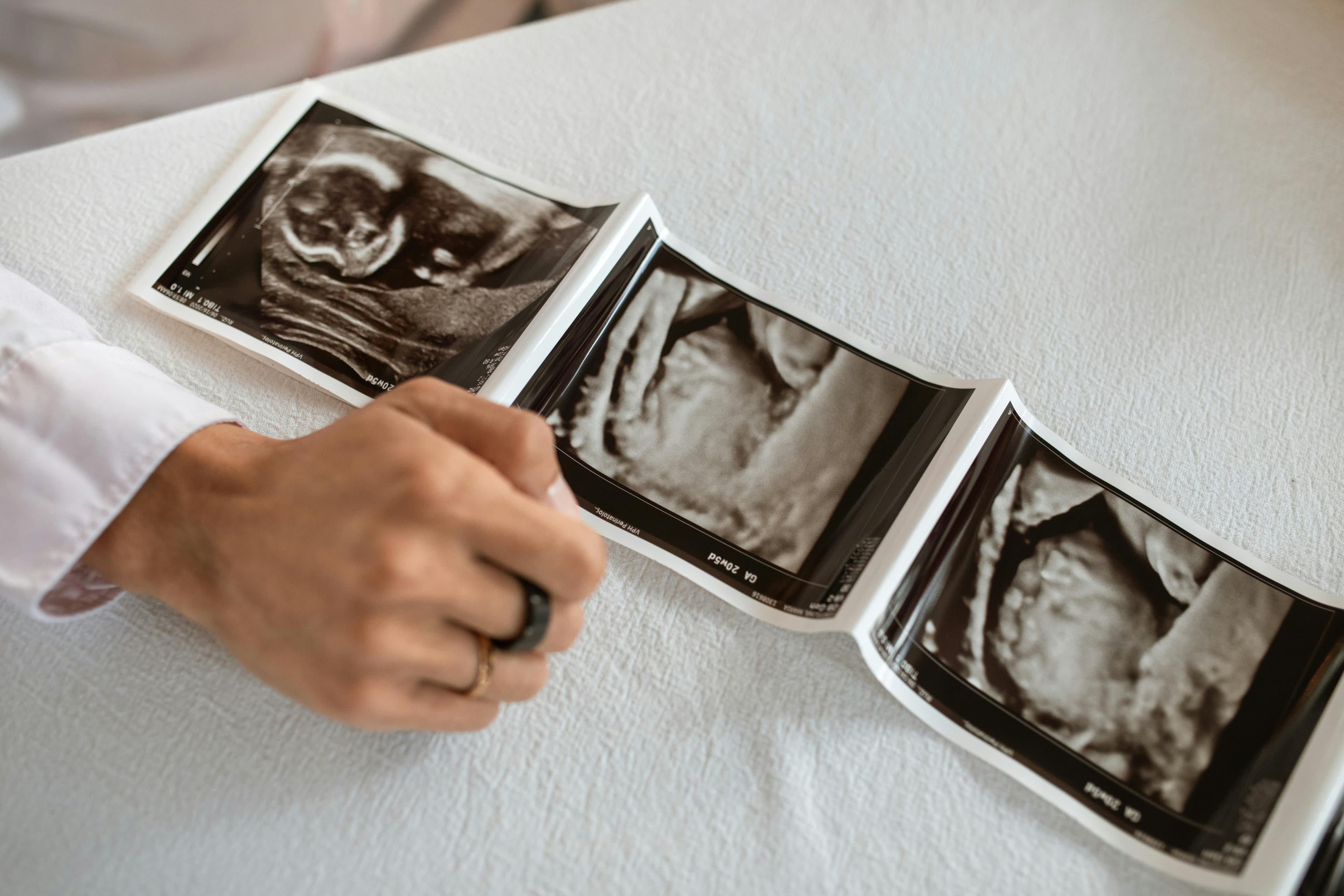3D vs 2D Ultrasound: Which Imaging Technique Reigns Supreme?
Published on September 9, 2024
Key Takeaway
While 3D ultrasound offers enhanced visualization and some diagnostic advantages, 2D ultrasound remains the primary screening tool for fetal anomalies due to its speed, cost-effectiveness, and proven reliability.
Introduction
Ultrasound imaging has revolutionized prenatal care and diagnostics, offering non-invasive glimpses into the developing fetus. As technology advances, the debate between 3D and 2D ultrasound techniques has intensified. This article delves into the strengths, limitations, and applications of both methods, helping expectant parents and healthcare providers understand their roles in modern obstetrics.
Understanding 2D Ultrasound
2D ultrasound has been the cornerstone of prenatal imaging for decades. It provides flat, black-and-white images of the fetus, offering crucial information about fetal development and potential anomalies.
Advantages of 2D Ultrasound
- Speed and efficiency in screening
- Cost-effectiveness
- Widely available and familiar to most practitioners
- Excellent for basic measurements and anomaly detection
According to a study by Chan et al. (2009), 2D ultrasound remains highly reliable for fetal biometric measurements, with low inter- and intraobserver variation.
Exploring 3D Ultrasound
3D ultrasound technology creates a three-dimensional image of the fetus, offering a more detailed view of fetal structures and potentially enhancing diagnostic capabilities.

Advantages of 3D Ultrasound
- Enhanced visualization of fetal structures, especially facial features and extremities
- Improved detection of certain anomalies
- Better patient understanding and bonding experience
- Ability to manipulate and review images after the scan
Dyson et al. (2000) found that 3D ultrasound provided additional information in 51% of fetal anomalies studied, particularly in facial anomalies and limb abnormalities.
Comparing Diagnostic Accuracy
While 3D ultrasound offers impressive visuals, its diagnostic superiority over 2D is not always clear-cut. A study by Baken et al. (2014) found that the general diagnostic performance of 3D and 2D ultrasound was comparable, though 3D was superior in detecting skeletal and limb malformations.
Key Findings on Diagnostic Accuracy
- 2D remains the primary screening tool for most fetal anomalies
- 3D excels in specific areas like facial and skeletal abnormalities
- Combination of both techniques often provides the most comprehensive assessment
Time and Efficiency Considerations
Time efficiency is crucial in clinical settings. Benacerraf et al. (2005) demonstrated that 3D volume acquisition could potentially halve the time required for a structural survey compared to traditional 2D scanning. However, this efficiency may vary depending on the specific application and the operator's experience.
Cost and Accessibility
2D ultrasound remains more widely accessible and cost-effective. 3D systems, while becoming more common, are still generally more expensive and may not be available in all healthcare settings. This cost difference can impact patient access and healthcare system implementation.
Patient Experience and Bonding
3D ultrasound often provides a more engaging visual experience for expectant parents. The lifelike images can enhance bonding and potentially improve patient understanding of fetal development or diagnosed conditions. However, it's important to note that 3D ultrasound should not be used solely for non-medical "keepsake" images, as emphasized by many medical authorities.

Conclusion
While 3D ultrasound offers exciting advancements in fetal imaging, 2D ultrasound remains the backbone of prenatal screening and diagnosis. The ideal approach often involves using both techniques complementarily, leveraging the speed and reliability of 2D with the enhanced visualization capabilities of 3D when needed. As technology continues to evolve, we can expect further improvements in both modalities, ultimately benefiting patient care and fetal health outcomes.